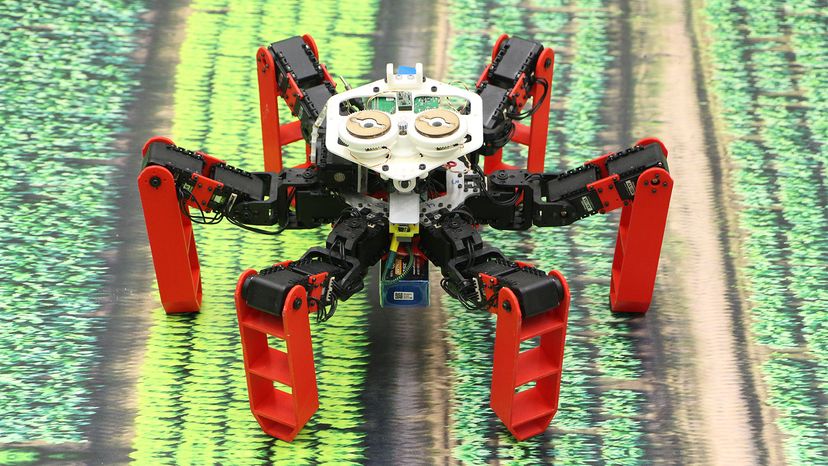
Your sensory experience of the world is very different from that of an ant. Take Cataglyphis desert ants, living in the scorching Sahara of northern Africa: They have the incredible ability to leave the safety of their underground nests in broad daylight, venture several feet into unspeakably intense heat to scavenge for food, and then return directly to their nest as if following an invisible string or a trail of breadcrumbs. It's a handy navigational trick, but how do they do it?
Cataglyphis ants have a dual navigation system: They count their steps and measure their own rate of movement in relation to their surroundings, and, because their eyes can detect polarized light, they have a built-in optical compass. By reading the angle of polarization from skylight, they can tell which direction their nest is in, making it possible to get back to it before they become charred little ant nuggets.
Advertisement
This is pretty incredible — you, frail human, can count steps and look for landmarks, but you don't have a compass built into your eyes because you can't see polarized light. But scientists at Aix-Marseille University have designed a robot that can do both, just like the Cataglyphis desert ant.
Currently, most navigating robots use GPS to get them where they're going. The six-legged, 5-pound (2.3 kilogram) AntBot, however, both counts steps and uses an optical sensor that detects polarized light, making it possible for it to wander up to 46 feet (14 meters) around its home base and return with precision of up to 0.4 inches (1 centimeter).
Although the designers of AntBot haven't yet figured out how to make it navigate at night or over extremely long distances, new navigational technologies will be needed to get cars, ships and airplanes where they need to go in the future. Maybe the ants can help point the way to an answer.
Advertisement